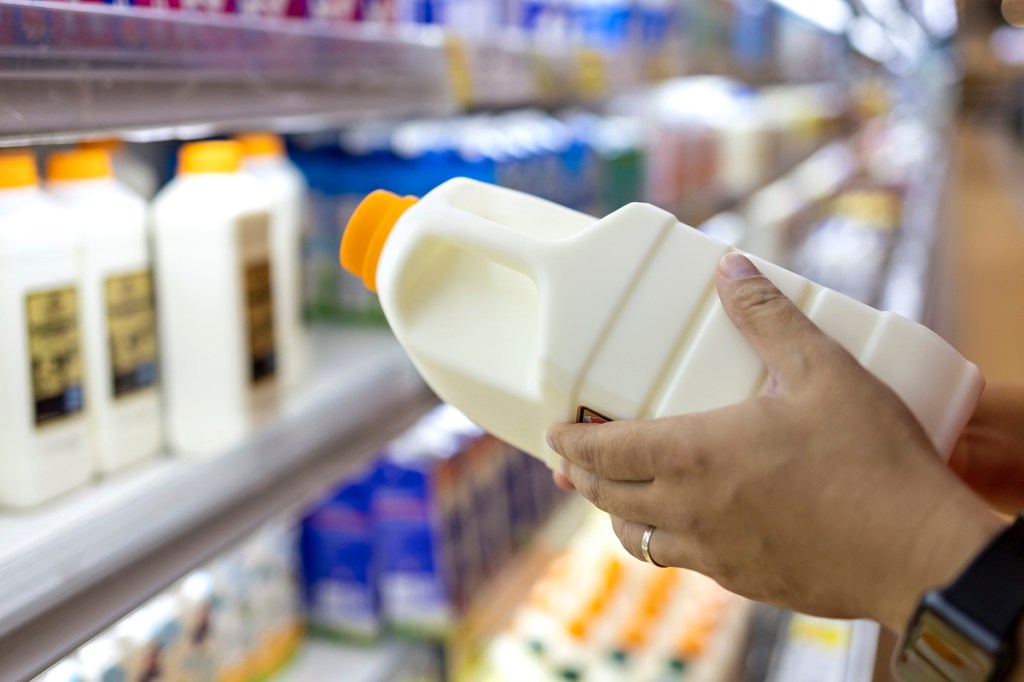Milk prices are expected to increase in 2024 with sluggish global milk supply growth expected across most export regions.
A new report from Rabobank revealed that farmgate milk prices across the export regions will close out 2023 anywhere between 20 per cent to 40 per cent lower versus the start of the year. However, with the 2024 feed cost outlook looking more favourable, some regional milk prices have recently increased, boosting farmgate margins, the bank said.
Michael Harvey, the report’s lead author and senior dairy analyst at Rabobank, said they expect a slow recovery in dairy commodity prices back to long-term averages.
“However, current fundamentals provide the perfect ingredients for price volatility and a possible market whiplash. Geopolitical instability risks, volatile energy markets, and weak macroeconomic conditions will be something to watch in 2024 for the global dairy markets.”
Looking at Australia, Harvey said Australia’s milk supply had modestly recovered in the quarter of the new season.
“Milk production reached 2.036 billion litres in the July to September period, 0.5 per cent year-on-year higher. Growth has been elusive in Western Victoria and Northern Victoria.
“For most of Australia’s key dairying regions, rainfall between August and October was below average, negatively impacting soil moisture. And the latest climate outlook leans toward below-average rainfall into Q1 2024.”
Although the report also notes that Australian dairy farmers are overall well-equipped to combat these seasonal conditions.
“Most dairy farmers have access to good carryover feed reserves, ample supply of supplementary feed, and irrigation water. Nonetheless, after three consecutive record winter crops, the current winter crop will decline materially.”
Harvey explained that Australian dairy exports continue to plummet and in the first three months of the new season, export volumes are down more than 13 per cent year-on-year with big falls in milk powder ingredients, bulk cheese, and butter, as well as liquid milk, which is off 30 per cent year-on-year.
“A tight domestic milk supply is part of the story. However, export price competitiveness remains an issue given the high price of farmgate milk versus major competitors. Australia’s butter and cheese imports are up 43 per cent and 21 per cent year-on-year, respectively.”
To stay up to date on the latest industry headlines, sign up to the C&I e-newsletter.

